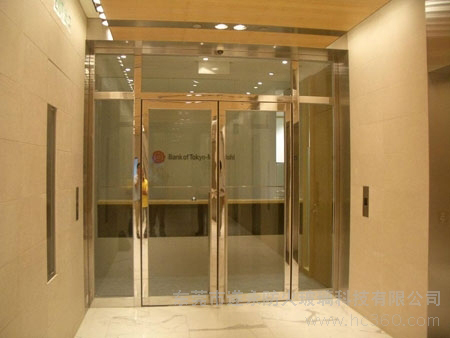 Welcome to Dongguan Suiyong Glass Technology Co., Ltd!
Welcome to Dongguan Suiyong Glass Technology Co., Ltd!


Dongguan Suiyong fireproof glass technology Co., Ltd
Contact: Mr. Yu
Mobile: 136 0259 0190
Tel: 0755-27658310
Fax: 0755-27658310
EMAIL: [email protected]
Q Q:646193419
Address: plant 4, No. 28, Qisha Road, Qisha Industrial Zone, Shatian Town, Dongguan
- Structural division of fireproof glass
- Precautions for application of fireproof glass
- The types of laminated fireproof glass are introduced
- When winter comes, we need to know about fire prevention
- Composition and skill requirements of fire windows
- What are the common fireproof windows of fireproof glass?
- Glass fiber composite air duct integrates multiple functions
Classification of fireproof glass in China
According to the national standard gb15763.1-2009, China's fireproof glass can be classified from the aspects of use, fire resistance and glass structure.
According to the fire resistance of fireproof glass, it is divided into three categories: A and C. Class A: fireproof glass that meets the requirements of fire integrity, fire resistance and heat insulation. Class C: fireproof glass only satisfying the fire resistance integrity requirements.
Fire proof glass classified according to the structure of fire-proof glass: composite fire-proof glass (FFB): special glass composed of two or more layers of glass or one layer of glass and organic materials, which can meet the requirements of corresponding fire resistance rating. Single piece fireproof glass (DFB): it is a special glass composed of single-layer glass and can meet the requirements of corresponding fire resistance rating. This single-layer fireproof glass has three different varieties: high-strength single-chip fireproof glass with inductive reinforcement treatment; Glass with low coefficient of thermal expansion and softening point temperature higher than 800 ℃; Transparent glass ceramic plate.

Brief introduction to the main production process of fireproof glass composite fireproof glass is generally composite fireproof glass. Compound fire-resistant glass is a transparent and flame-retardant gel that condenses between two pieces of glass. When the gel is exposed to high temperature, it breaks through the endothermic reaction, absorbs a lot of heat energy, and becomes opaque and has excellent insulation effect. It can keep it from bursting within a certain time, and the fragments will not fall after bursting. It can isolate the flame and avoid the spread of the flame. If a flame retardant is added to the gel, the flame retardant gas can be released at high temperature, and it will have the function of flame retardant and revive together. When a fire breaks out, the glass in contact with the fire first meets the fire and breaks after a few minutes, and the central interlayer gradually becomes a layer of bubble like material to form a thick and dense bubble like fire-resistant insulation layer. The glass fragments in contact with the fire always stick to the bubble like layer until they melt. In this way, the glass on the back fire side is always protected and shielded. In the fire test, the average temperature rise of the back fire surface of the glass shall not exceed 140 ℃.
The production methods of composite fireproof glass are divided into two types: sandwich method and grouting method
Wire mesh fireproof glass.
Wire mesh fireproof glass is a composite composed of metal mesh in the interlayer of organic film or inorganic paste in the center of two layers of glass. After the participation of the wire mesh, it not only improves the overall impact strength of the fireproof glass, but also can be connected with the electric heating and safety alarm system to play a variety of functions.
The two layers of glass of wire mesh fireproof glass are inorganic glass, mainly including float glass, tempered glass, ITO conductive film glass, etc., the organic film is PVB film or PVC film, the inorganic slurry is hydrated metal salt plus sodium silicate, silicate, aluminate, etc., and the metal wire is stainless steel wire.
